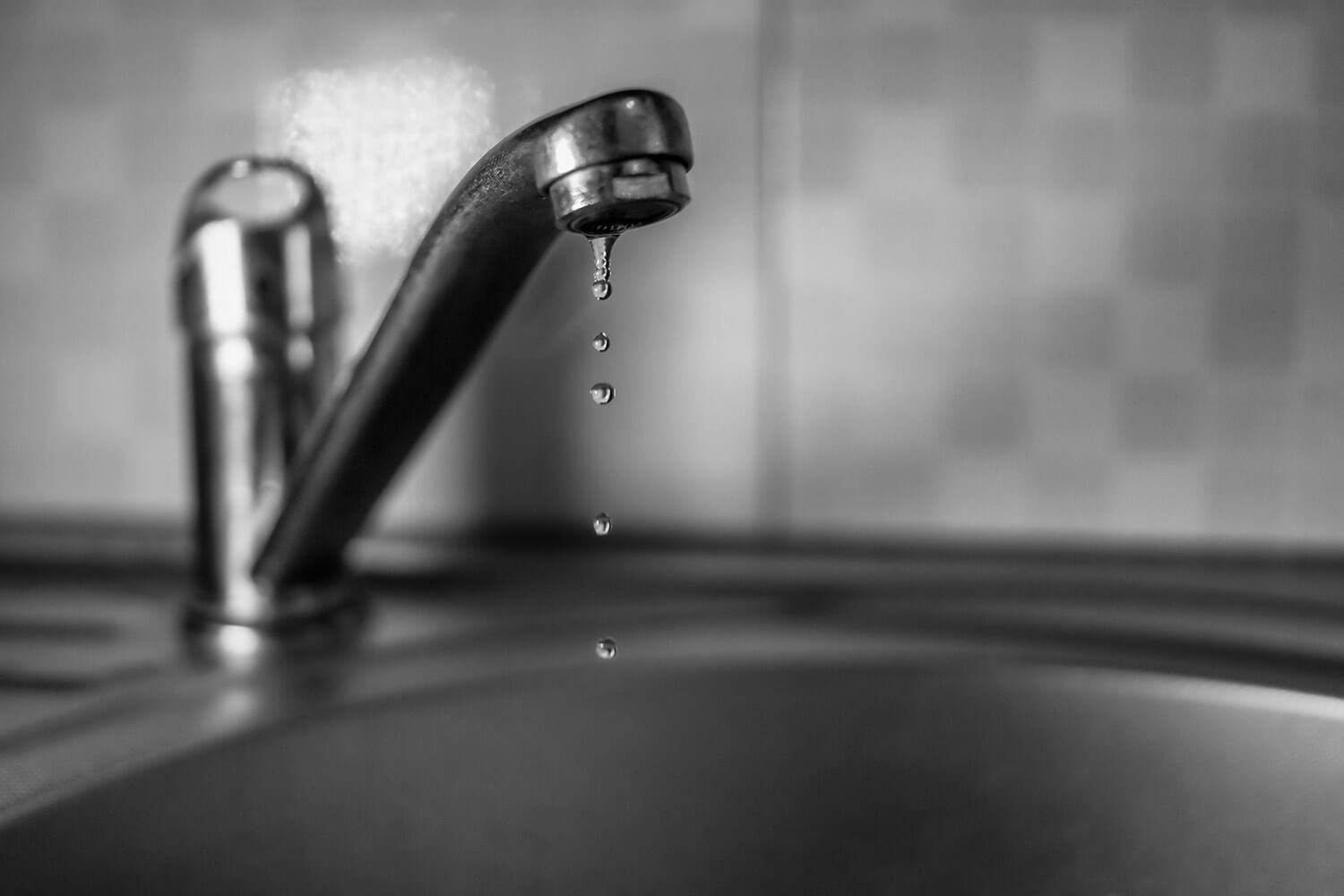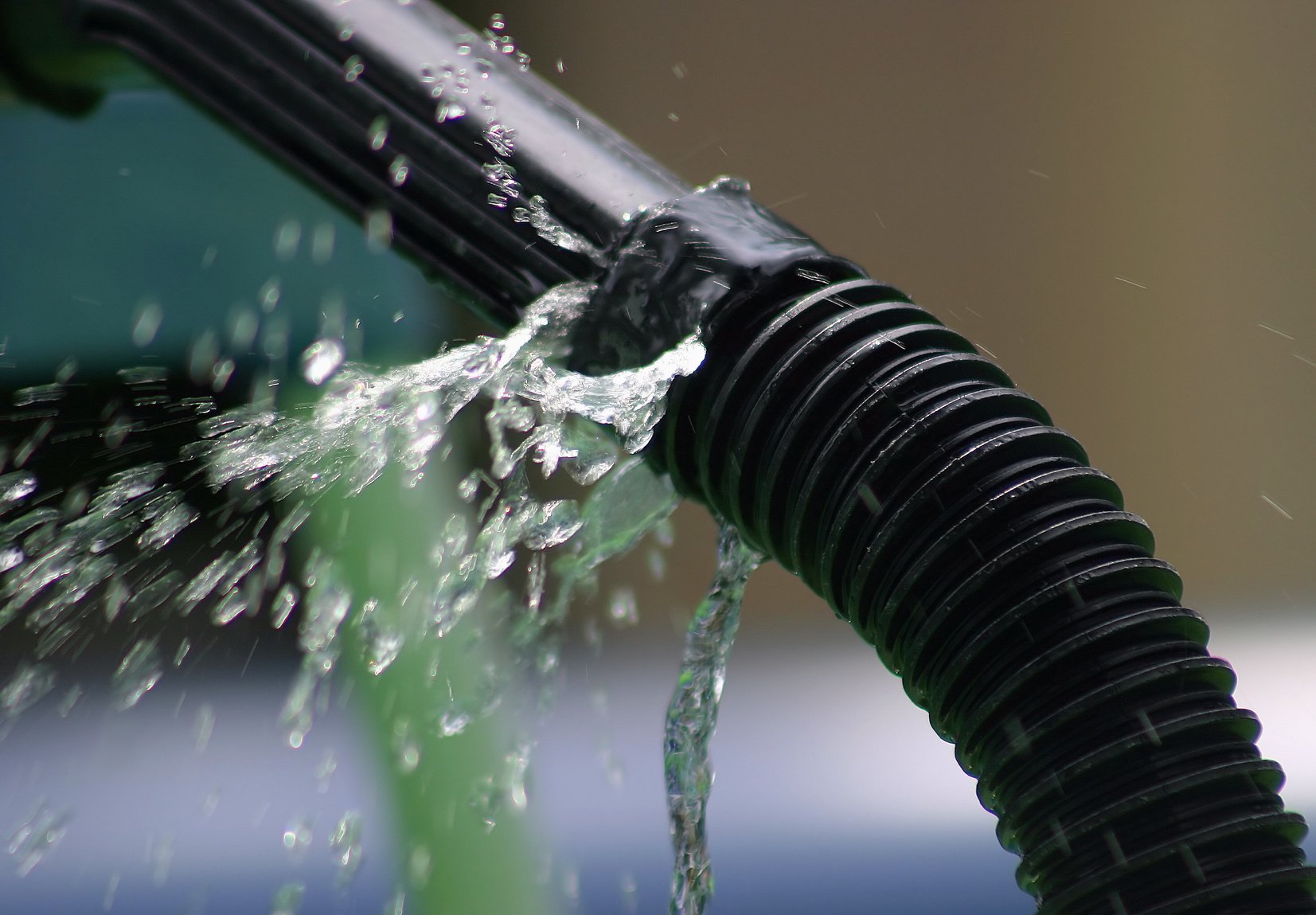Discover the Most Frequent Factors Leading To Water Leak Issues Within Your House
Discover the Most Frequent Factors Leading To Water Leak Issues Within Your House
Blog Article
We have uncovered this great article about How to detect water leaks in your home listed below on the net and reckoned it made good sense to talk about it with you here.

Leakages not just create waste of water but can also cause unnecessary damage to your home and advertise undesirable natural development. However, water leaks may go unnoticed considering that the majority of the pipework in our house is concealed. By looking and recognizing for day-to-day situations that create leakages, you can secure your home from future leakages as well as unnecessary damage. Today, we will certainly consider 6 leak causes that may be triggering your pipes to trickle.
Encroaching roots
Many water leakages start outside the residence rather than inside it. You may see damp patches or sinkholes in your backyard, and that could mean that tree roots are getting into water lines creating water to seep out.
Corroded water supply
As time passes by, your plumbing system ages and also corrosion such as rust may begin eating away the pipelines. This might be the root cause of staining or bending on your water pipes. This requires an evaluation with your plumber instantly. Think about changing the pipelines since they are at a greater threat of corrosion than the newer versions if our plumbing system is old.
Faulty Pipeline Joints
The point at which your pipes link is regularly the weakest web link in the waterline. Pipe joints can degrade in time, leading to water leaks. Regrettably, the majority of pipe joints are not easily visible. If you have loud pipes that make ticking or banging sounds, specifically when the hot water is switched on, your pipe joints are possibly under a lot of pressure. It is a good idea to have your plumber examine your system yearly.
Immediate temperature adjustments.
Severe temperature adjustments in our pipes can trigger them to increase as well as acquire unexpectedly. This growth as well as tightening might trigger splits in the pipes, specifically if the temperature are below freezing. If you kept an eye on just how your plumbing works, it would be best. The existence of the formerly discussed scenarios often shows a high risk.
Poor Water Connectors
At times, a leak can be triggered by loose hose pipes and also pipes that provide your appliances. In situation of a water links leak, you might notice water running directly from the supply line or pools around your appliances.
Obstructed Drains
Clogged drains pipes could be irritating as well as inconveniencing, but they can occasionally end up triggering an overflow leading to burst pipes. Maintain removing any type of products that may decrease your drains pipes that can clog them to prevent such aggravations.
All the above are sources of leakages however not all water leakages arise from plumbing leaks; some leaks might originate from roof leaks. All leaks ought to be repaired right away to prevent water damages.
Leakages not just cause waste of water however can likewise create unneeded damages to your house as well as advertise undesirable natural growth. By understanding and also looking for day-to-day scenarios that cause leaks, you can shield your house from future leakages and also unneeded damages. Today, we will look at six leak triggers that might be triggering your pipelines to leak.
At times, a leakage can be triggered by loose pipes and also pipelines that provide your home appliances. In instance of a water links leakage, you might observe water running straight from the supply line or pools around your home appliances.
How To Check For Water Leak In Your Home
How To Check for Leaks
The average household's leaks can account for nearly 10,000 gallons of water wasted every year and ten percent of homes have leaks that waste 90 gallons or more per day. Common types of leaks found in the home are worn toilet flappers, dripping faucets, and other leaking valves. These types of leaks are often easy to fix, requiring only a few tools and hardware that can pay for themselves in water savings. Fixing easily corrected household water leaks can save homeowners about 10 percent on their water bills.
To check for leaks in your home, you first need to determine whether you're wasting water and then identify the source of the leak. Here are some tips for finding leaks:
Take a look at your water usage during a colder month, such as January or February. If a family of four exceeds 12,000 gallons per month, there are serious leaks.
Check your water meter before and after a two-hour period when no water is being used. If the meter changes at all, you probably have a leak.
Identify toilet leaks by placing a drop of food coloring in the toilet tank. If any color shows up in the bowl after 10 minutes, you have a leak. (Be sure to flush immediately after the experiment to avoid staining the tank.)
Examine faucet gaskets and pipe fittings for any water on the outside of the pipe to check for surface leaks.
Undetected water leaks can happen without the home or business owner even realizing. If you suspect a water leak, but not able to find the source. It is time to contact a professional water leak detection service, The Leak Doctor.
How To Find a Water Leak In Your Home
https://www.leakdoctor.com/blog/How-To-Check-For-Water-Leak-In-Your-Home_AE197.html

We were made aware of that editorial on Top Causes of Home Water Leaks through someone on our other web page. Enjoyed our blog posting? Please share it. Let somebody else check it out. Thanks so much for taking the time to read it.
Rates Report this page